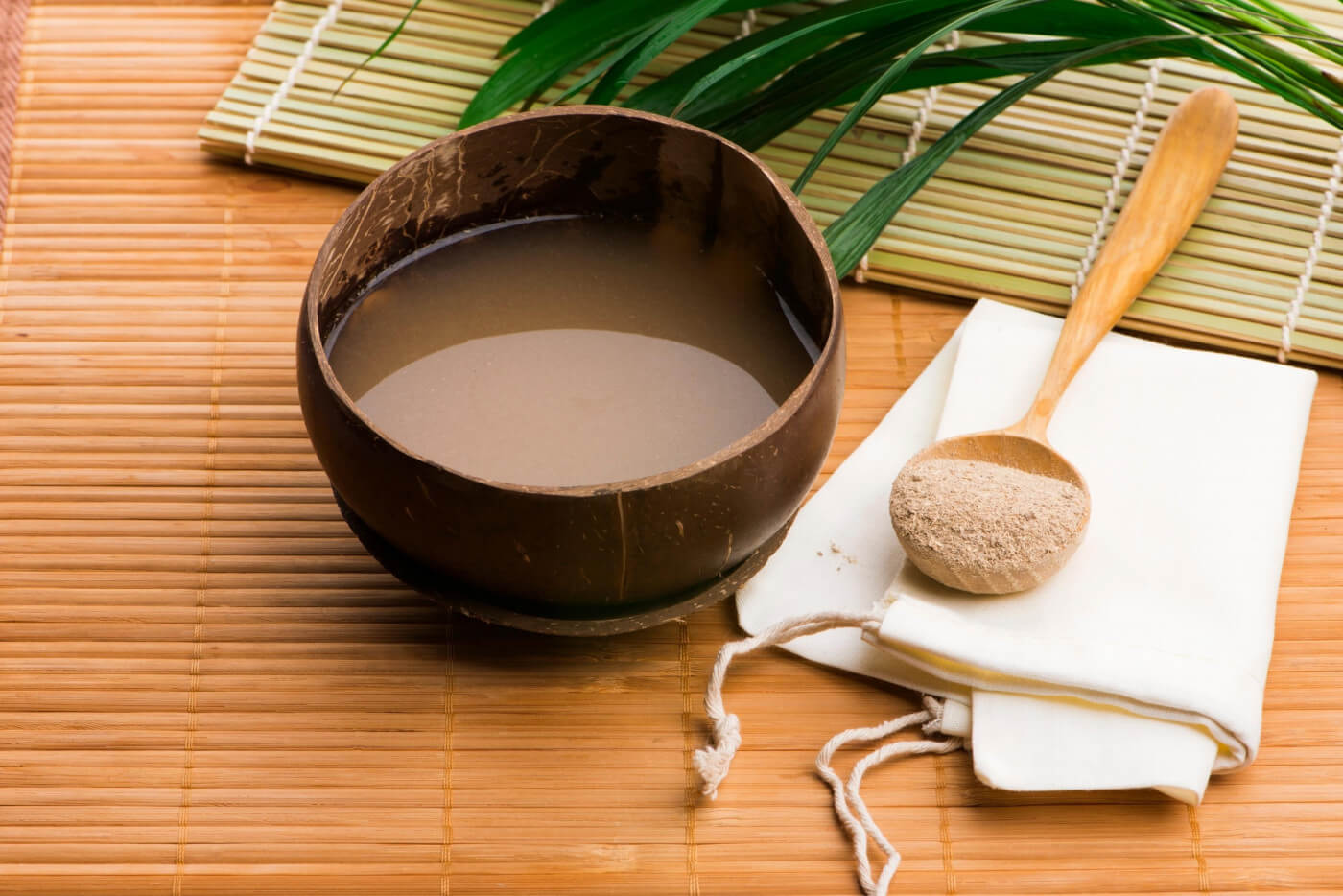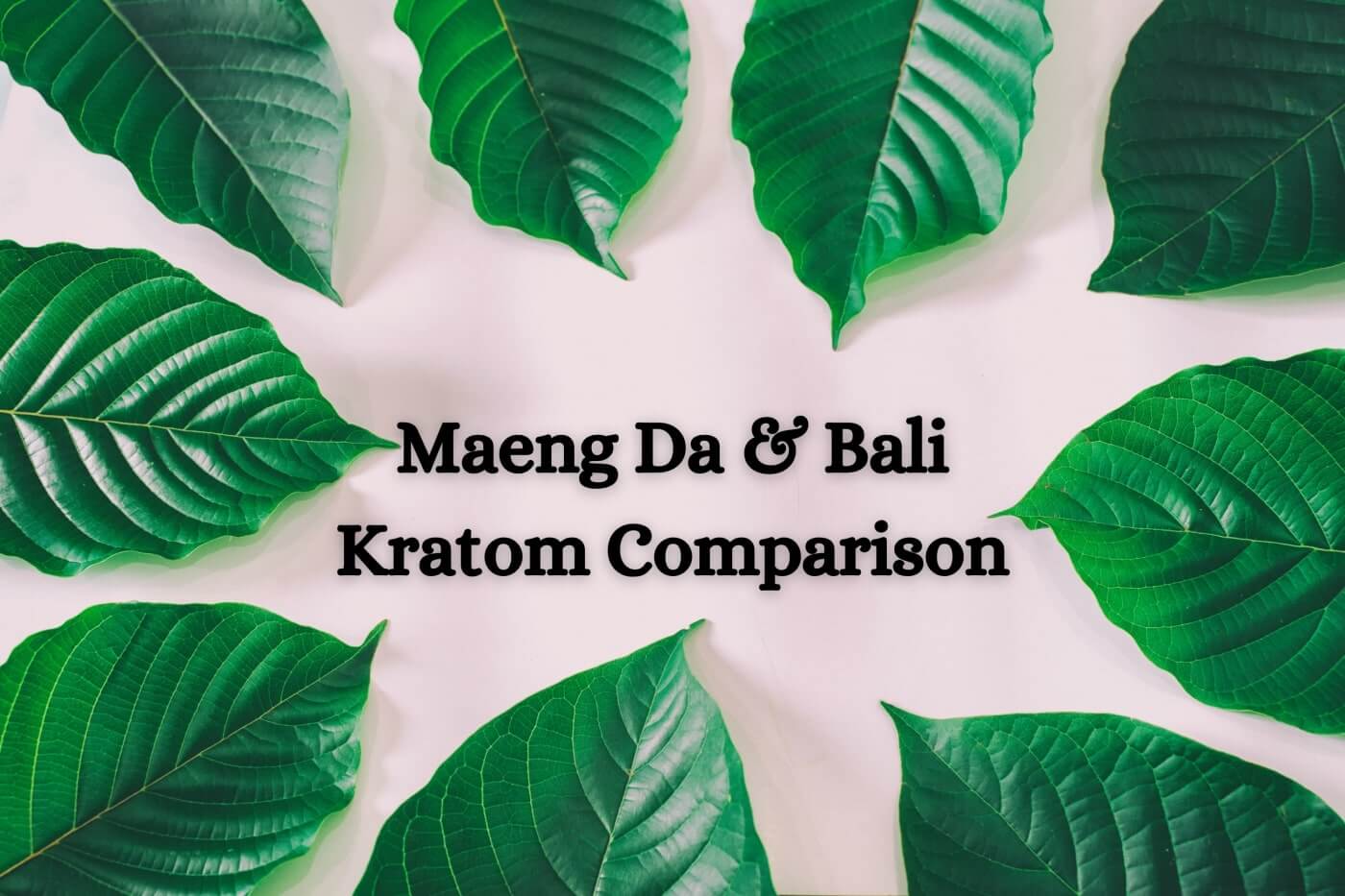
Kratom And Kava. What Is The Difference?
Both kava and kratom have seen a surge in popularity, often found side by side in shops and online platforms. Despite sharing similar names and origins in the South Pacific, these herbal substances have distinct characteristics. In this exploration, we will delve into the individual properties of kava and kratom before comparing them, shedding light on the nuances that set them apart. To comprehend the disparities between kava and kratom, let’s dissect each herb individually before drawing comparisons.
What exactly is Kava?
Kava, derived from the Piper Methysticum plant, has deep roots in Southeast Asian traditions. The plant's roots are ground into a paste and can be mixed with coconut milk or water. While studies on kava's benefits exist, caution is advised due to potential hazards, including a link to severe liver damage leading to bans in certain countries.
The plant’s juice may be extracted and used to help with a variety of health issues. There have been some studies on kava, but more study is needed to back up user claims. There are certain advantages to kava, as well as some major hazards. It has been linked to serious liver damage, prompting the FDA to advise people against using it. Because of these discoveries, kava has been outlawed in various nations.
Kratom: Nature’s Alleviator
Originating from Southeast Asia, kratom, derived from the Mitragyna speciosa tree, stands out for its unique chemical, mitragynine. This compound aims to provide a general sense of well-being. Kratom leaves can be dried and ground into a powder, consumed as a tea, or encapsulated. Despite its potential benefits, kratom faces legal scrutiny in various regions.
Consumption Forms: Exploring Kratom and Kava Varieties
Kratom and kava offer diverse options for consumption, presenting unique experiences for enthusiasts. Kratom leaves, once dried and ground into a fine powder, provide a versatile base. This powder can be effortlessly blended with water or other beverages, offering a customizable approach to consumption. Furthermore, the leaves lend themselves to the creation of a soothing kratom tea, presenting an alternative and traditional way to enjoy its benefits.
The grounded roots of kava offer the perfect foundation for a distinctive tea. By combining these roots with water, steeping, and careful filtering, enthusiasts can create a calming kava tea. This method preserves the essence of kava, allowing individuals to appreciate its unique flavor profile and potential relaxation properties. For those seeking a convenient and straightforward option, both kava and kratom are available in pill or capsule form. This provides a discreet and measured way to incorporate these herbal supplements into one's routine.
Preparation and Appearance
Navigating the similarities between the appearance and preparation of kratom and kava can be a challenge for consumers. Both plants share a strikingly similar appearance, making it challenging for customers to distinguish between them. The leaves, roots, and overall composition create an optical resemblance that adds to the intrigue and complexity of these botanical offerings.
In Kava Bars across the country, the proximity of kratom to kava adds an extra layer of confusion for consumers. Kratom often finds its place alongside kava in these establishments, contributing to the confusion due to their nearly identical appearance. This proximity in Kava Bars accentuates the challenge for customers trying to differentiate between the two, emphasizing the need for clearer distinctions and informed choices.
Differences Between Kava and Kratom
- Drinks
Kratom leaves can be processed into powder and mixed with water or other beverages, even brewed into tea. Kava, too, can be used to create tea by steeping and filtering ground roots in water. - Capsules
Both kava and kratom are available in capsule form. - Preparation and Appearance
Similar in appearance, both plants can be confusingly cooked and prepared in analogous ways. - Bars of Kava
In Kava Bars, kratom may be found alongside kava, contributing to the challenge of differentiation.
Kratom includes a number of alkaloids that trigger the brain’s opioid system. Although Kratom is not an opiate, it has been compared to one. This is mostly due to the manner in which it activates brain receptors. The major alkaloids in kratom are mitragynine and 7-hydroxymitragynine, however, there isn’t much scientific study on it. Kratom is divided into four categories based on the color of its veins: red, green, white, and yellow. Kratom comes in a variety of strains from which users may pick.
Kava, on the other hand, does not produce similar stimulations. Kava has an effect on the limbic system. The chemistry of Kava is the subject of further scientific investigation. Kavalactones are the major constituents of this plant. The active component, on the other hand, varies according on the plant species. The kavalactones found in kava are very different from the alkaloids found in kratom.
Varying Legal Landscapes
Kratom is the subject of several legal fights. Lobbyists are seeking for the plant’s active elements to be banned in the US. Kratom is a plant that grows abundantly in Thailand, however, it has been illegal since 1943. The threat that the restriction posed to Thailand’s government’s opiate tax collection prompted the ban.
Supporters of kratom have sought to get it decriminalized and removed from the list of prohibited substances, but no action has yet been taken. Many people believe it’s because of the link drawn between kratom and criminality in Thailand. However, these are only hypotheses; there is no evidence to back up this logic. In Malaysia, kratom is similarly illegal, and the penalty is jail. It’s critical to understand whether kratom is legal in your state.
Kava has acquired popularity as a natural treatment all across the world. After the publication of certain evidence showing that kava might cause liver problems, it has been banned in Germany and Switzerland for many years. The prohibition was repealed in 2015 when a study revealed that other variables were to blame for the liver problems.
Kava is an herbal supplement that has been sold in the United States for over 20 years. For many years, the Hawaiians have employed the plant in their culture. It has recently gained a lot of popularity, leading to the development of kava bars all around the country. Many individuals have chosen kava as a natural alternative to alcohol.
Conclusion
Both herbs have earned a lot of attention in recent years as a result of the effort to live better lifestyles and use natural alternatives. While there are some similarities between kava and kratom, they work in quite distinct ways. They don’t offer the same sorts of health benefits. Check out Pure Leaf Kratom - we have a wide variety of powders and capsules if you want to test kratom. If you have any queries, please fill out our online contact form.




